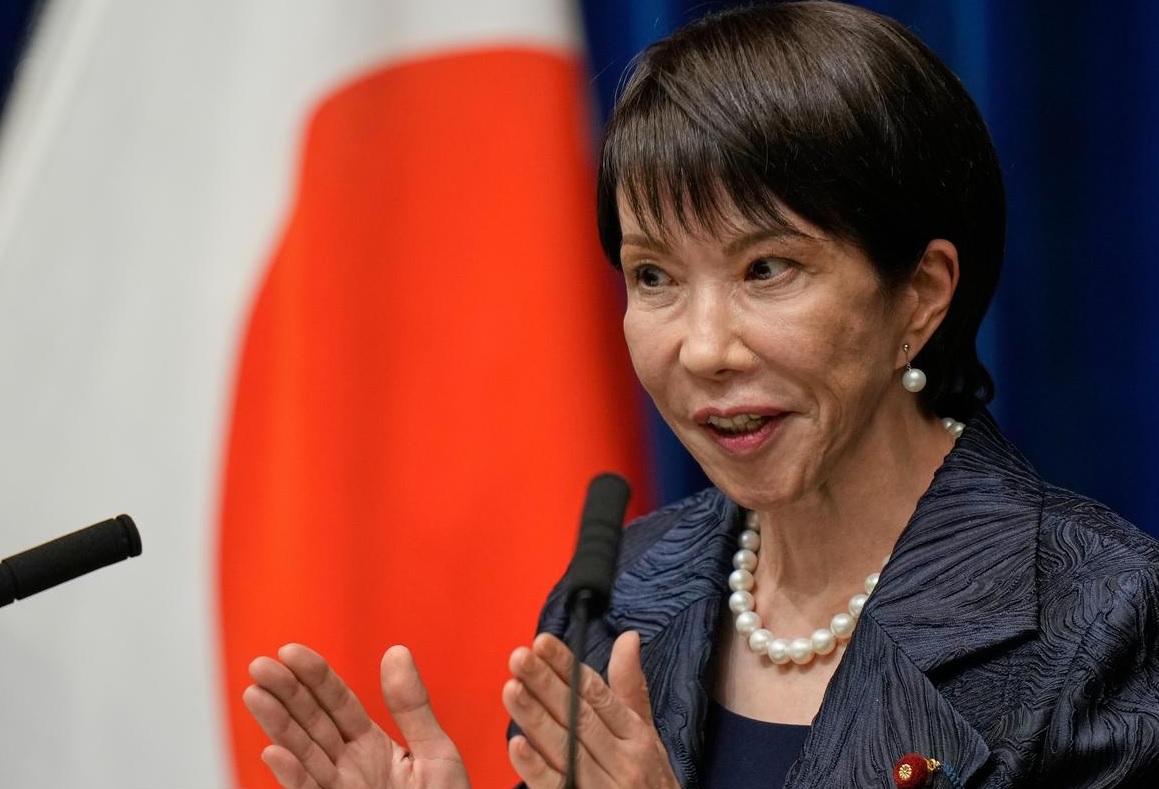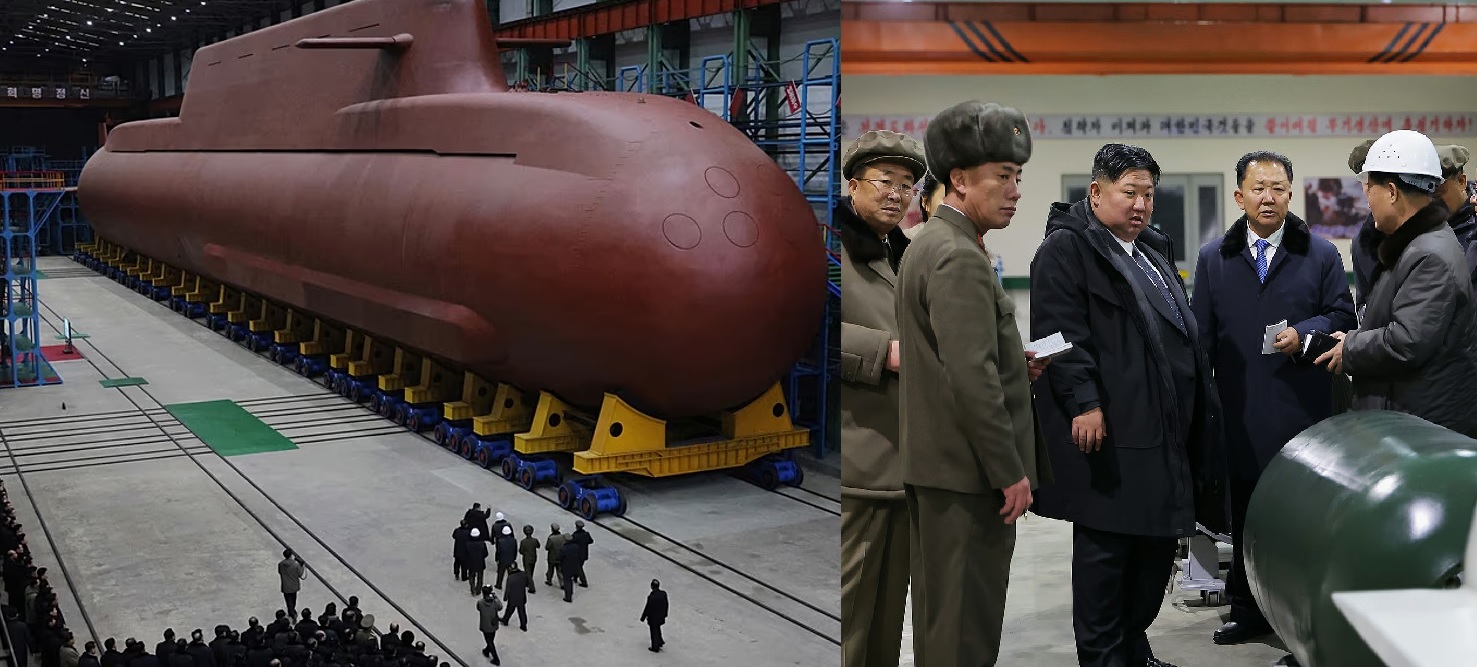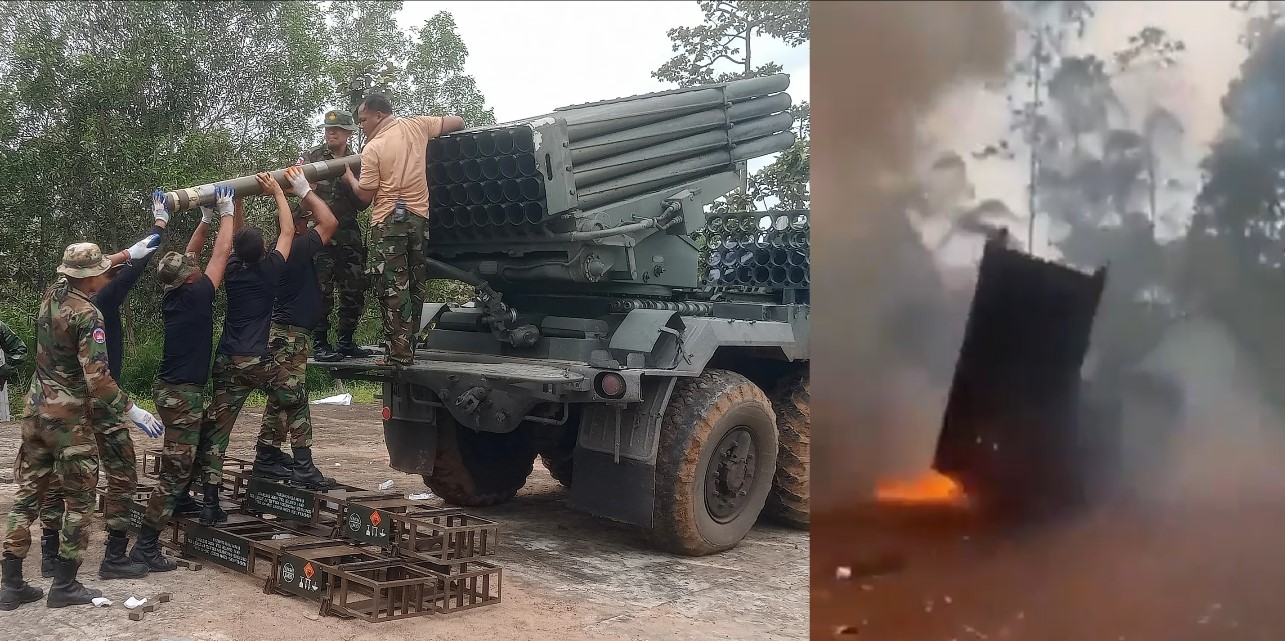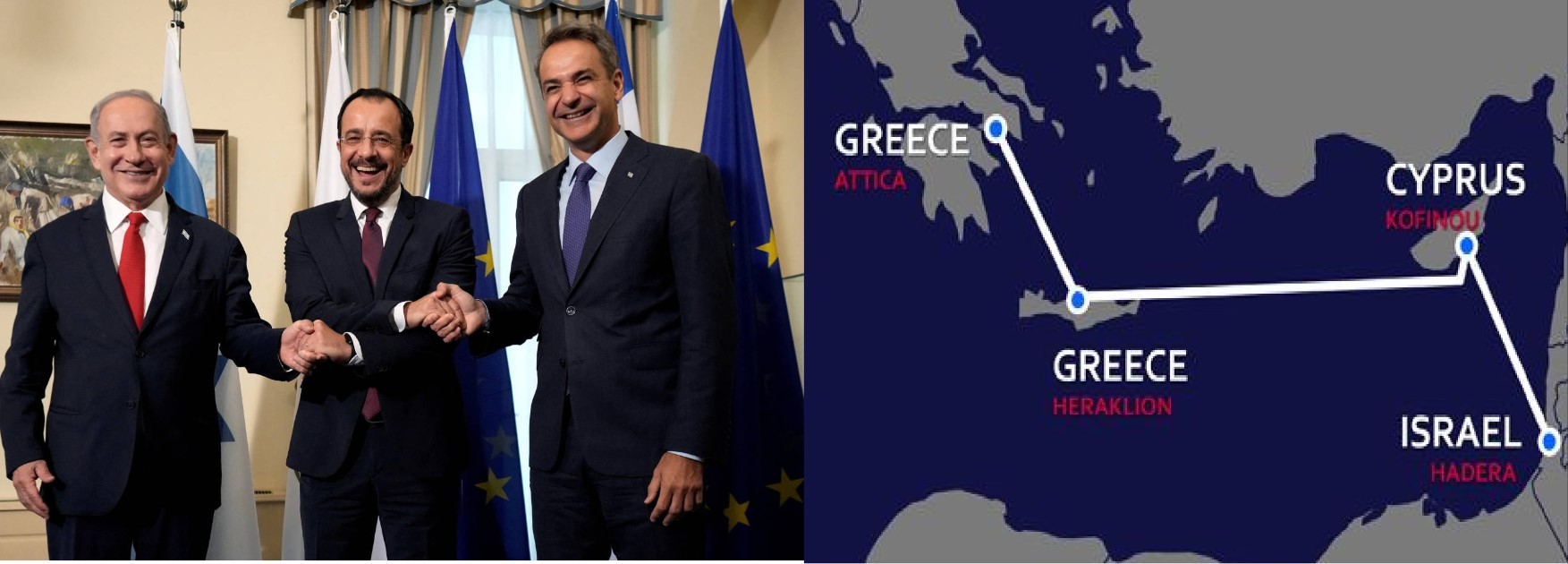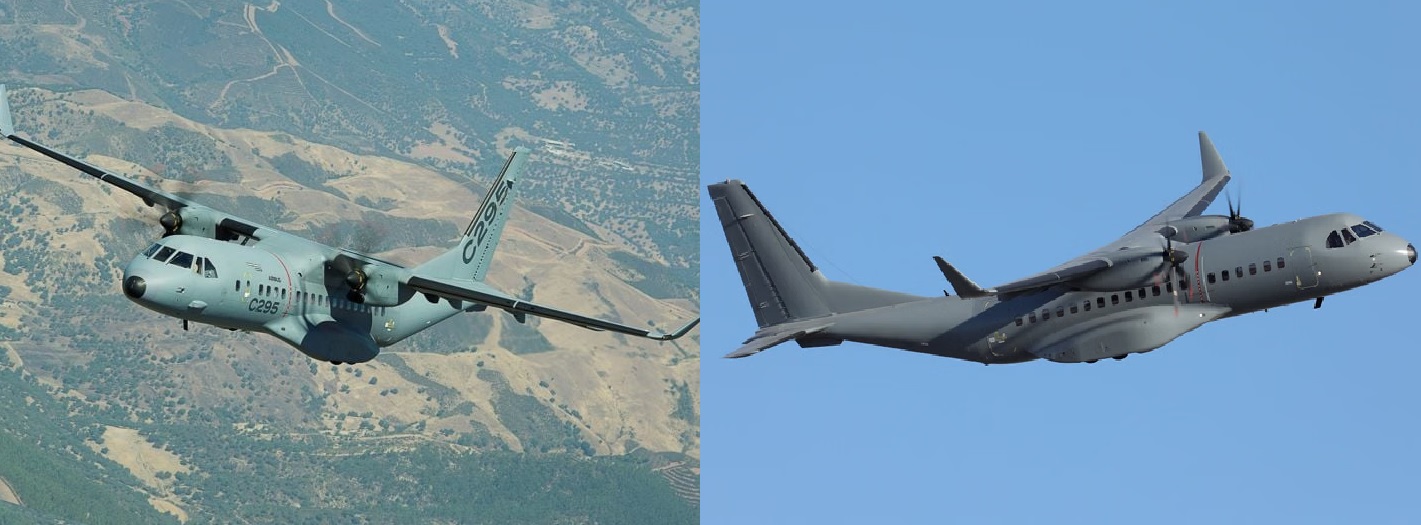Venezuela Acquires S-300VM, Pantsir, Buk Systems From Russia and Shahed Drones From Iran
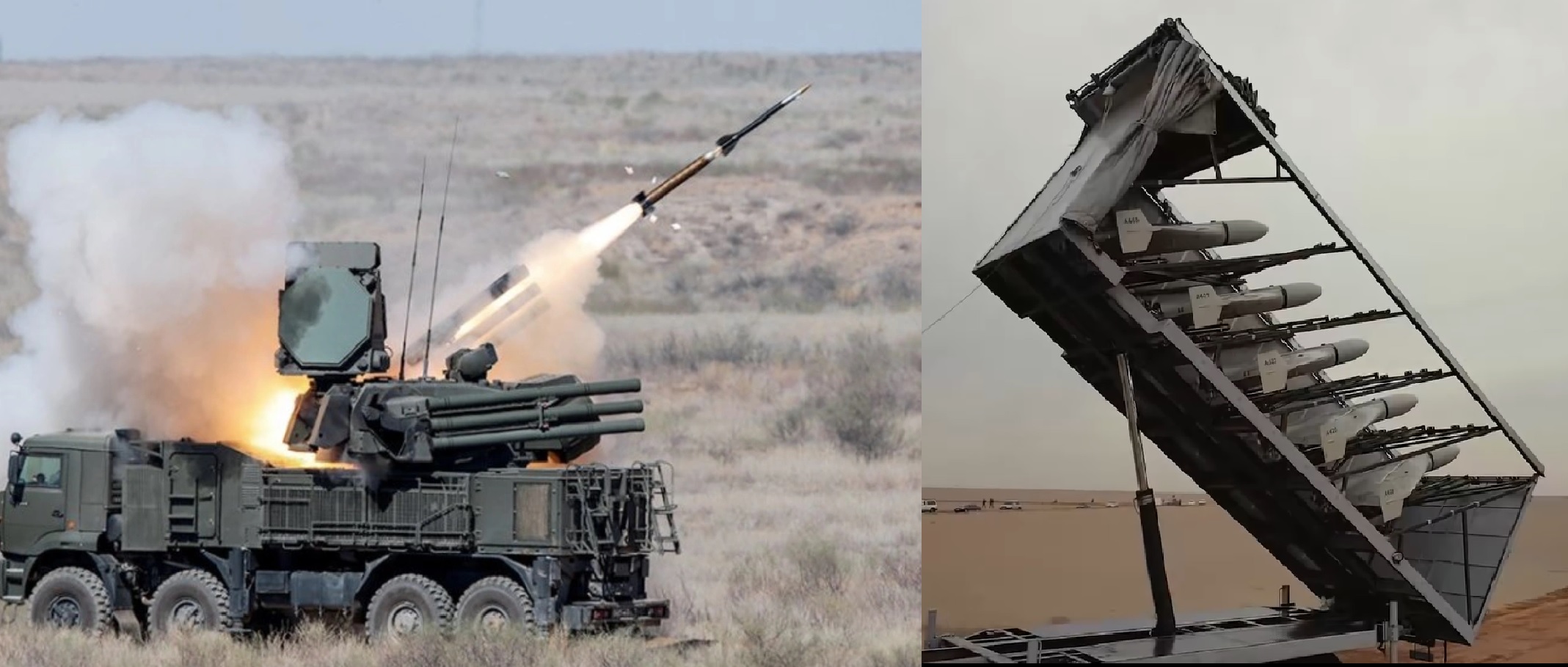
Venezuela has significantly expanded its air defense capabilities through new acquisitions from Russia and Iran, according to regional defense and intelligence reports. The government in Caracas has finalized deals for Russia’s S-300VM, Pantsir-S1, and Buk-M2R surface-to-air missile systems, as well as Iranian Shahed-series drones, forming a multi-layered defensive network around key strategic regions, including the capital, Caracas.
These purchases come amid growing political and military tension between Venezuela and the United States, with Caracas accusing Washington of plotting “aggressive actions” against its sovereignty. President Nicolás Maduro has said the nation’s Bolivarian Armed Forces are “ready to defend the homeland from any threat,” framing the new acquisitions as essential to deterrence rather than escalation.
Financing Through Natural Resources
With Venezuela’s access to global credit markets restricted by U.S. sanctions, the defense procurement is believed to have been financed through resource-backed arrangements. Government-linked energy and mining contracts have reportedly been used to settle payments, involving oil shipments, gold exports, and mining concessions to Russia and Iran.
Such barter-style agreements have become a hallmark of Caracas’ international partnerships, allowing the government to bypass conventional banking systems. Analysts say these resource-for-weapons arrangements underline both Venezuela’s limited financial flexibility and its deepening strategic dependence on Moscow and Tehran.
Three Layers of Russian Air Defense
The cornerstone of Venezuela’s modernization is the S-300VM “Antey-2500” system, a long-range surface-to-air missile platform designed to intercept aircraft, cruise missiles, and even some ballistic targets. Each battery can detect targets at distances of up to 300 kilometers and engage them at 200–250 kilometers, giving the Venezuelan Air Defense Command a powerful tool for strategic deterrence.
Supporting it is the Buk-M2R, a medium-range missile system capable of targeting aircraft and precision-guided munitions within 45–50 kilometers. It serves as the intermediate layer, filling the operational gap between long-range and point-defense systems.
At the close-range level, the Pantsir-S1 provides protection against drones, cruise missiles, and low-flying aircraft. Equipped with both missiles and twin 30mm cannons, it can engage targets at 15–20 kilometers and serves as the last line of defense for high-value assets such as airbases, radar sites, and government centers.
Together, the three systems create a tiered, integrated air defense shield, allowing simultaneous detection, tracking, and engagement of multiple targets across different altitudes and distances.
Iranian Shahed Drones: Expanding Aerial Reach
Complementing the Russian missile systems are the Iranian Shahed-series drones, reportedly including the Shahed-136 loitering munition and Shahed-129 reconnaissance variant. These drones have drawn global attention for their range and cost-effectiveness, offering both surveillance and strike capabilities.
The Shahed-136 can fly up to 1,000 kilometers with a small explosive payload, while the larger Shahed-129 can perform long-endurance intelligence and reconnaissance missions. Venezuelan officials have indicated that the drones will be used primarily for border monitoring, coastal patrol, and airspace surveillance, especially along the Caribbean and Amazonian regions.
Training, Integration, and Support
Integrating advanced Russian and Iranian systems presents technical challenges that require extensive training and logistical support. Russian military advisers are expected to continue assisting Venezuelan personnel with system maintenance, radar integration, and tactical operation, while Iranian experts will oversee drone training and data-link installation.
Venezuela’s military has been conducting joint exercises involving its newly upgraded systems. Footage broadcast by state media shows S-300 launch vehicles and Pantsir batteries deployed near Caracas and Maracay, suggesting active operational readiness.
Strategic Implications and Regional Concerns
Venezuela’s procurement marks one of the largest modernizations of air defense infrastructure in Latin America in recent decades. Defense analysts say these systems significantly enhance the country’s ability to detect and deter aerial incursions, but also risk raising regional security tensions.
The United States has repeatedly warned against advanced arms transfers to Venezuela, citing risks of proliferation and misuse. Neighboring nations such as Colombia and Brazil are reportedly monitoring the deployments closely, concerned about potential shifts in regional military balance.
For Caracas, however, the move serves a dual purpose: strengthening military deterrence and signaling resilience against international pressure. By aligning more closely with Russia and Iran, Venezuela aims to secure both defense technology and political backing, even as it faces ongoing economic isolation.
A Defense Built on Partnerships
Venezuela’s newly reinforced air defense network—anchored by the S-300VM, Buk-M2R, Pantsir-S1, and Shahed drones—marks a major step in its military modernization efforts. The combination of long-range missiles, mobile interceptors, and armed drones gives the Bolivarian Armed Forces a more complete defensive posture than ever before.
Yet the sustainability of these capabilities will depend on training, spare parts, and consistent funding, all of which remain uncertain given Venezuela’s economic constraints. Still, the acquisitions underscore Caracas’s determination to maintain a credible deterrent against what it sees as external threats.
As one senior Venezuelan officer reportedly stated during recent exercises, “Our skies are not open to aggression. Every radar is watching, and every system is ready.”
The statement reflects the government’s position clearly: Venezuela’s focus, at least officially, is on defending the homeland — not provoking a conflict, but ensuring it is prepared for one.
✍️ This article is written by the team of The Defense News.
